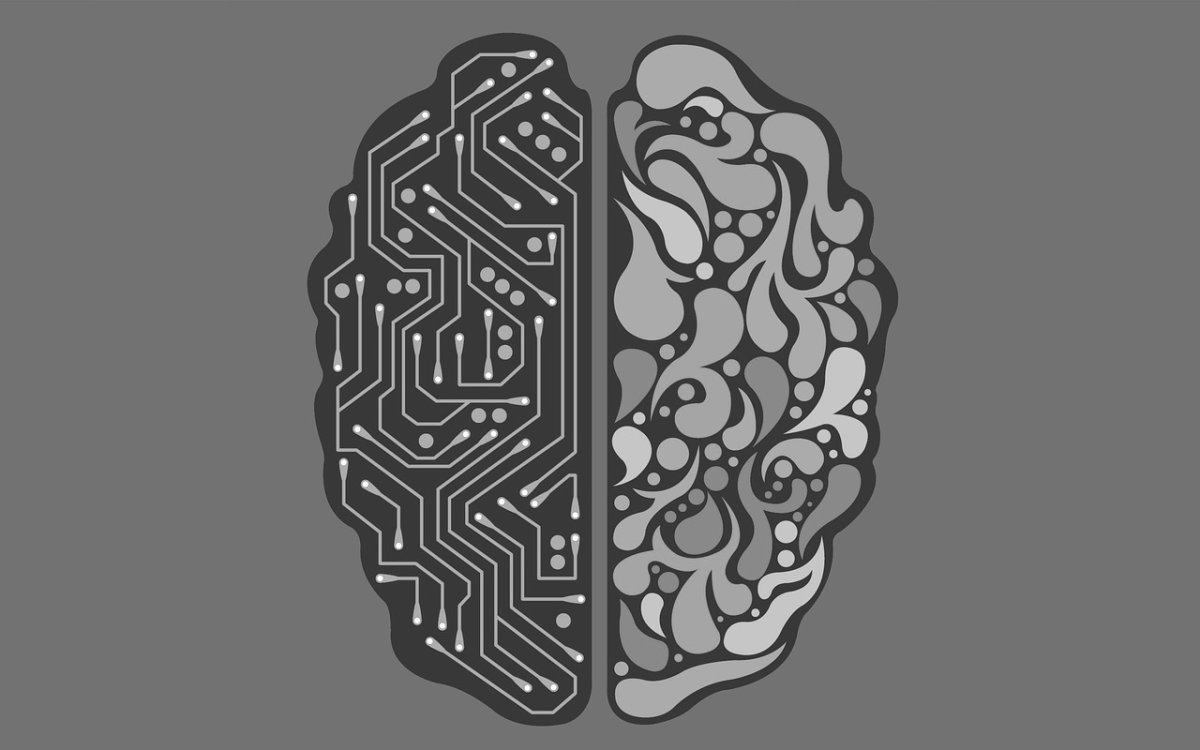
Growing Older
We all age. It’s an inevitable part of life that brings with it adventure, experience, difficulties, learning opportunities, and so much more. It also, as explored in a new study published this week in Human Brain Mapping, includes increased communication between regions in the brain. According to the study, this change happens to compensate for the parts of aging that aren’t so positive.
Specifically, as we age there is an increasing amount of bilateral communication in the brain; meaning that the two halves of our brain communicate with each other more as we grow older. Now, this isn’t new information, but this study did step into previously unexplored territory in our understanding of this phenomena. The team of researchers accomplished a first by directly manipulating this communication, using a brain stimulation technique known as transcranial magnetic stimulation (TMS). This technique allowed them to better understand if the process is a positive or negative adaptation. It was performed while adult subjects undertook memory-related tasks, giving the research team practical insight into how their brains responded.

Brain Age
According to lead author Simon Davis, Ph.D., “This study provides an explicit test of some controversial ideas about how the brain reorganizes as we age…These results suggest that the aging brain maintains healthy cognitive function by increasing bilateral communication.” This communication increases, according to the study, “as needed,” — depending on how your brain transforms over time.
The researchers also found that patients with stronger white matter pathways, which exist between the halves of the brain, showcased greater bilateral communication. This signifies that it is likely that the brains of those with similar pathways might retain higher levels of functioning later in life.
This study has unveiled crucial information about the inner workings of the brain as it ages. Not only is this phenomenon now understood to be a progressing method of compensation, but we better understand bilateral communication, as well as how the pathways between the halves of our brain contribute to our brain health over time. This study, and others like it, will continue to contribute to research that could support a more robust understanding of the biology of aging, and provide clues about how we and our brains can stay healthy throughout our lives.